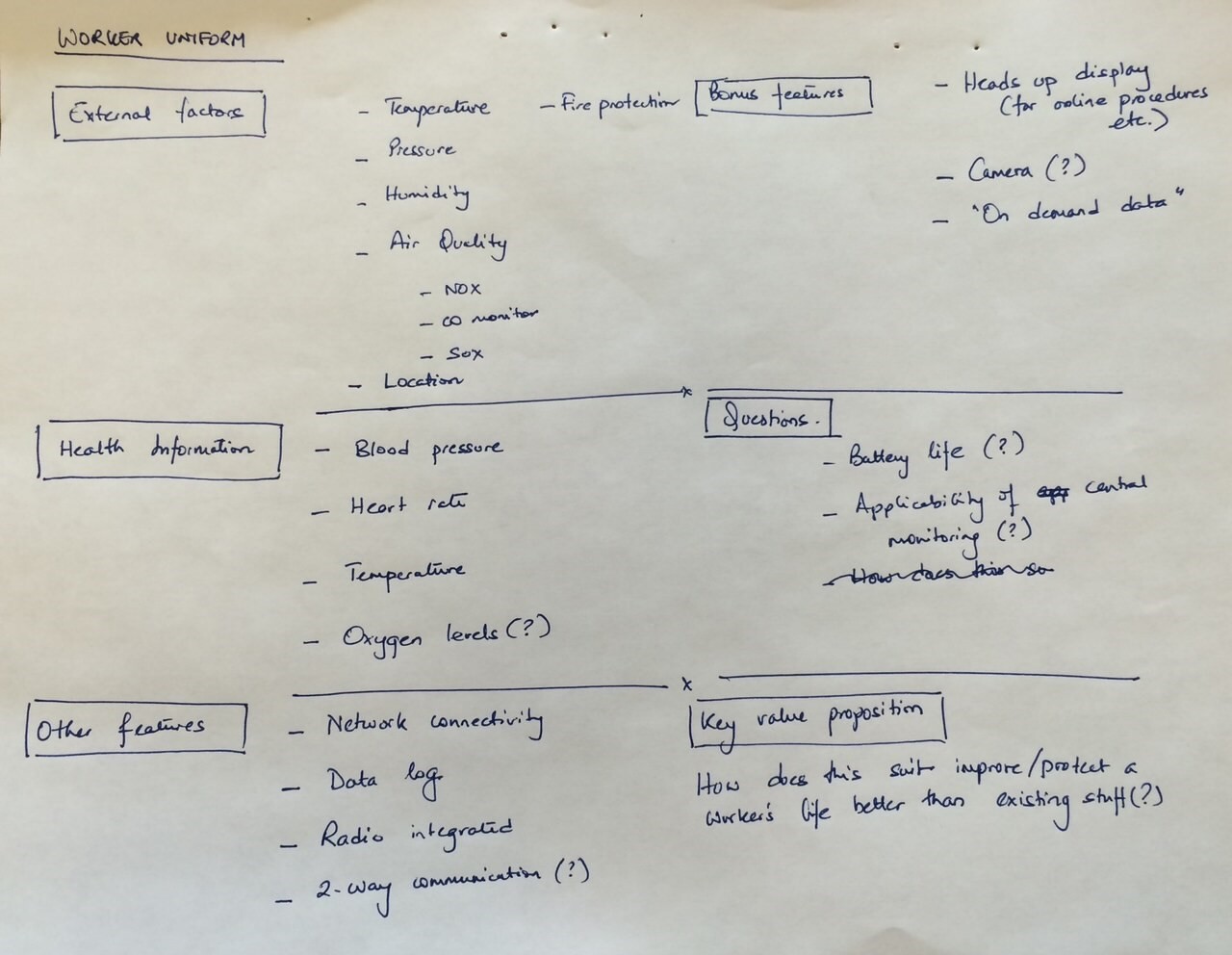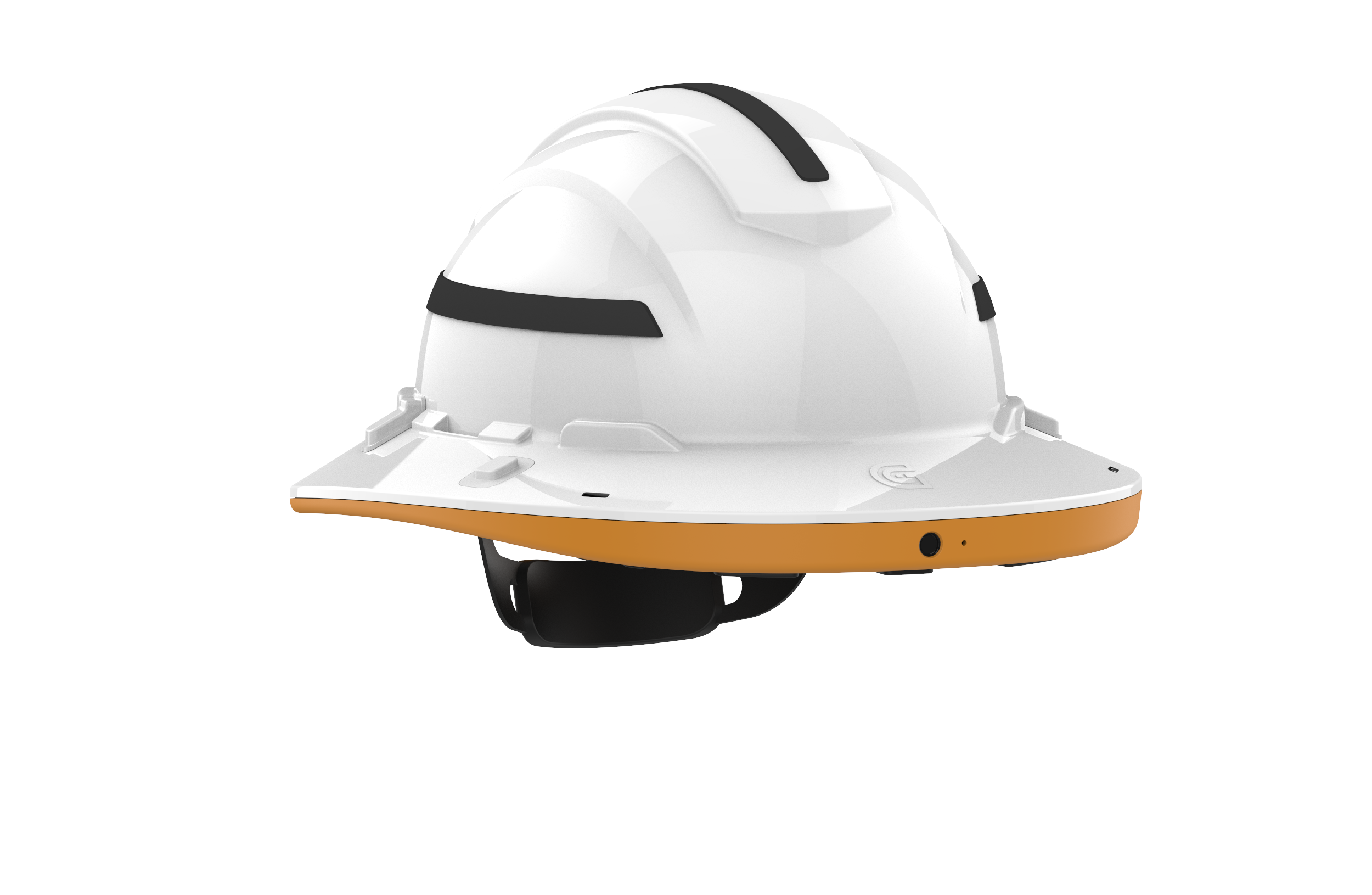News: Pearpop raises from The Chainsmokers, Alexis Ohanian, Amy Schumer, Kevin Hart, Mark Cuban, Marshmello, and Snoop Dogg
Pearpop, the marketplace for social collaborations between the teeming hordes of musicians, craftspeople, chefs, clowns, diarists, dancers, artists, actors, acrobats, aspiring celebrities and actual celebrities, has raised $16 million in funding that includes what seems like half of Hollywood, along with Alexis Ohanian’s Seven Seven Six venture firm and Bessemer Venture Partners. The funding was
Pearpop, the marketplace for social collaborations between the teeming hordes of musicians, craftspeople, chefs, clowns, diarists, dancers, artists, actors, acrobats, aspiring celebrities and actual celebrities, has raised $16 million in funding that includes what seems like half of Hollywood, along with Alexis Ohanian’s Seven Seven Six venture firm and Bessemer Venture Partners.
The funding was actually split between a $6 million seed funding round co-led by Ashton Kutcher and Guy Oseary’s Sound Ventures and Slow Ventures, with participation from Atelier Ventures and Chapter One Ventures and a $10 million additional investment led by Ohanian’s Seven Seven Six with participation from Bessemer.
TechCrunch first covered pearpop last year and there’s no denying that the startup is on to something. It basically takes Cameo’s celebrity marketplace for private shout-outs and makes it public. Allowing social media personalities to boost their followers by paying more popular personalities to shout out, duet, or comment on their posts.
“I’ve invested in pearpop because it’s been on my mind for a while that the creator economy has resulted in a lot of not equitable outcomes for creators. Where i talked about the missing middle class of the creator economy,” said Li Jin, the founder of Atelier Ventures and author of a critical piece on creator economics, “The creator economy needs a middle class“.
“When I saw pearpop I felt like there was a really big potential for pearpop to be the one of the creators of the creative middle class. They’ve introduced this mechanism by which larger creators can help smaller creators and everyone has something of value to offer something to everyone else in the ecosystem.”
Jin discovered pearpop through the TechCrunch piece, she said. “You wrote that article and then i reached out to the team,” said Jin.
The idea was so appealing, it brought in a slew of musicians, athletes, actors and entertainers, including: Abel Makkonen (The Weeknd), Amy Schumer, The Chainsmokers, Diddy, Gary Vaynerchuk, Griffin Johnson, Josh Richards, Kevin Durant (Thirty 5 Ventures), Kevin Hart (HartBeat Ventures), Mark Cuban, Marshmello, Moe Shalizi, Michael Gruen (Animal Capital), MrBeast (Night Media Ventures), Rich Miner (Android co-founder) and Snoop Dogg.
“Pearpop has the potential to benefit all social media platforms by delivering new users and engagement, while simultaneously leveling the playing field of opportunity for creators,” said Alexis Ohanian, Founder, Seven Seven Six, in a statement. “The company has created a revolutionary new marketplace model that is set to completely reimagine how we think of social media monetization. As both a social media founder and an investor, I’m excited for what’s to come with pearpop.”
Already Heidi Klum, Loren Gray, Snoop Dogg, and Tony Hawk have gotten paid to appear in social media posts from aspiring auteurs on the social media platform TikTok.
Using the platform is relatively simple. A social media user (for now, that means just TikTok) sends a post that exists on their social feed and requests that another social media user interacts with it in some way — either commenting, posting a video in response, or adding a sound. If the request seems okay, or “on brand”, then the person who accepts the request performs the prescribed action.
Pearpop takes a 25% cut of all transactions with the social media user who’s performing the task getting the other 75%.
The company wouldn’t comment on revenue numbers, except to say that it’s on track to bring in seven figures this year.
Users on the platform set their prices and determine which kinds of services they’re willing to provide to boost the social media posts of their contractors.
Prices range anywhere from $5 to $10,000 depending on the size of a user’s following and the type of request that’s being made. Right now, the most requested personality on the marketplace is the TikTok star, Anna Banana.
These kinds of transactions do have impacts. The company said that personalities on the platform were able to increase their follower count with the service. For instance, Leah Svoboda went from 20K to 141K followers, after a pearpop duet with Anna Shumate.
If this all makes you feel like you’ve tripped and fallen through a Black Mirror into a dystopian hellscape where everything and every interaction is a commodity to be mined for money, well… that’s life.
“What I appreciate most about pearpop is the control it gives me as a creator,” said Anna Shumate, TikTok influencer @annabananaxdddd. “The platform allows me to post what I want and when I want. My followers still love my content because it’s authentic and true to me, which is what sets pearpop apart from all of the other opportunities on social media.”
Talent agencies, too, see the draw. Early adopters include Talent X, Get Engaged, and Next Step Talent and The Fuel Injector, which has added its entire roster of talent to pearpop, which includes Kody Antle, Brooke Monk and Harry Raftus, the company said.
“The initial concept came out of an obvious gap within the space: no marketplace existed for creators of all sizes to monetize through simple, authentic collaborations that are mutually beneficial,” said Cole Mason, co-founder & CEO, pearpop. “It soon became clear that this was a product that people had been waiting for, as thousands of people rely on our platform today to gain full control of their social capital for the first time starting with TikTok.”






